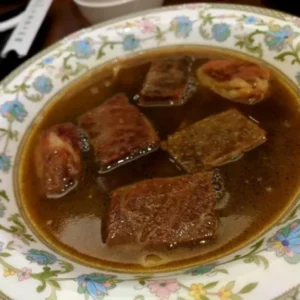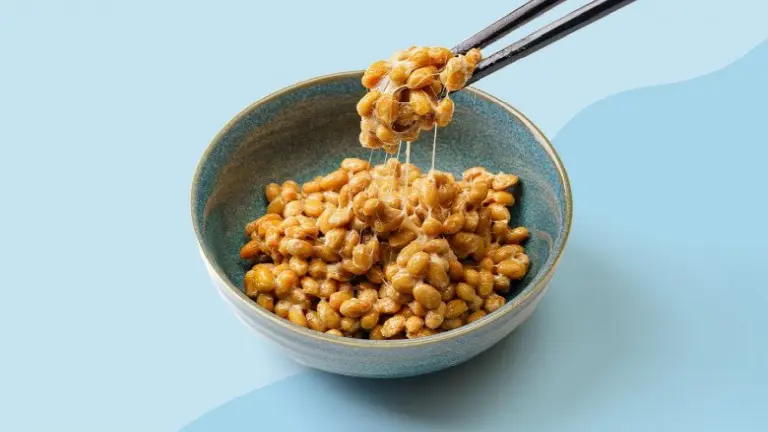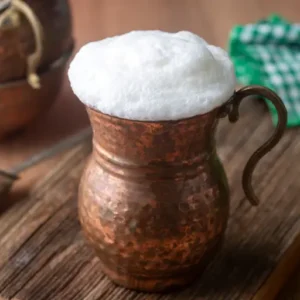China is famous for its rich and diverse cuisine, from delicate dim sum to fiery Sichuan hotpots. But beyond the mainstream, there lies a world of daring delicacies that push the boundaries of what many travelers consider edible. Curious? Grossed out? Fascinated?
Here are 8 of the most shocking dishes in China that might just make you hesitate before taking a bite — unless you’re truly fearless.
1. Sheep Penis
In traditional Chinese medicine, the penis of a sheep is believed to be a powerful aphrodisiac that boosts male virility. Often served grilled, boiled, or in herbal broth, this dish isn’t just about flavor — it’s about restoring “yang” energy and masculinity.
For some diners, it’s a health tonic. For others, it’s an extreme food challenge. Either way, it’s an unforgettable experience.
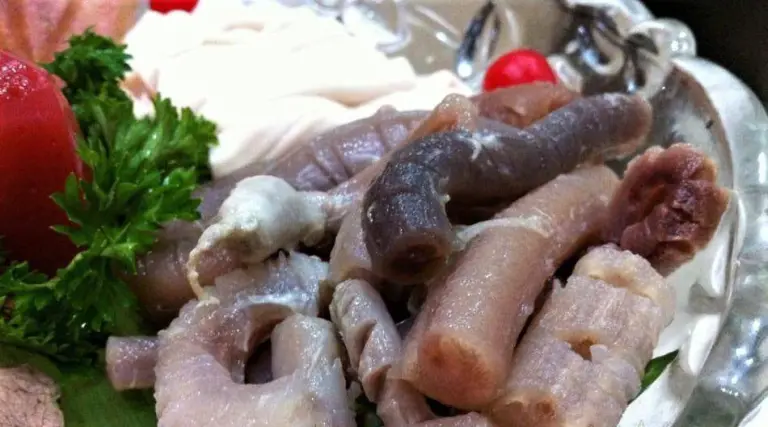
2. Deep-Fried Scorpions
Wandering through a Chinese street market, you might stumble upon skewers of wriggling scorpions sizzling in hot oil. Yes, they’re real — and they’re ready to eat.
These crunchy critters are surprisingly flavorful and have become a popular snack among thrill-seeking tourists. Locals claim that eating scorpions can treat various ailments, though the real reward may be bragging rights.
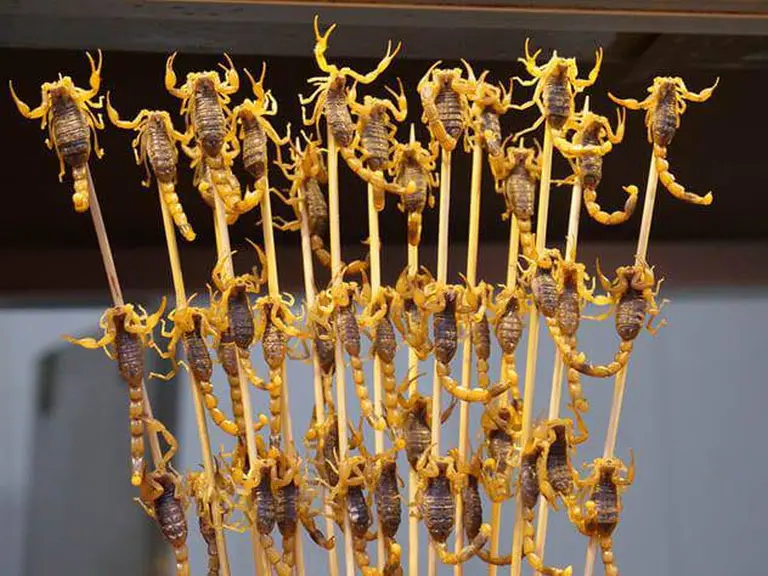
>> Hákarl: Iceland rotten Shark that tourists dare to eat
3. Chicken Testicles
Served in soups or hot pots, chicken testicles are known for their silky texture and subtle flavor. While the idea may seem outrageous, this dish is considered a delicacy in many Chinese provinces.
It’s not just a novelty — chicken testicles are also praised for enhancing skin health and improving male vitality. Definitely not your average comfort food.
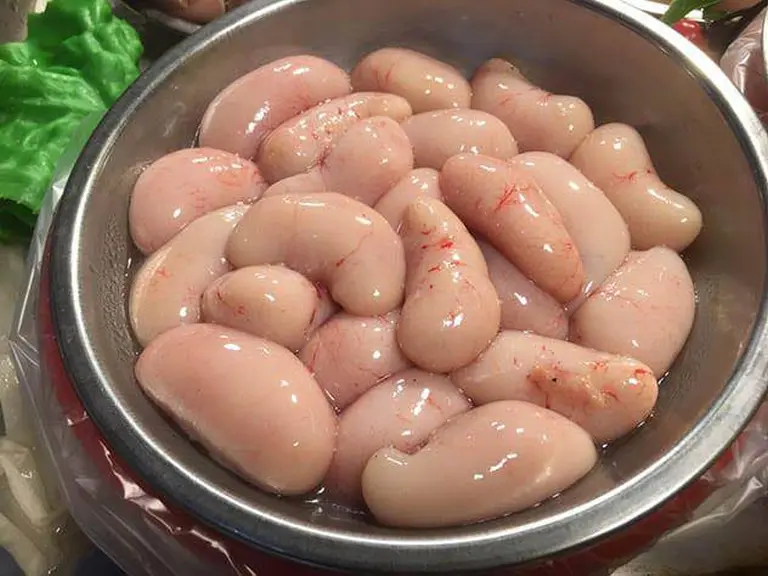
4. Turtle Jelly (Guilinggao)
Guilinggao, also known as turtle jelly, is a bitter black jelly traditionally made from turtle shells and Chinese herbs. Though modern versions may use herbal alternatives, the original recipe used real plastron (underside shell) from turtles.
Marketed as a health dessert, guilinggao is believed to help detoxify the body, nourish the kidneys, and promote muscle recovery. Served chilled, it’s both a dessert and a medicinal tonic — if you can get past its medicinal taste and origins.
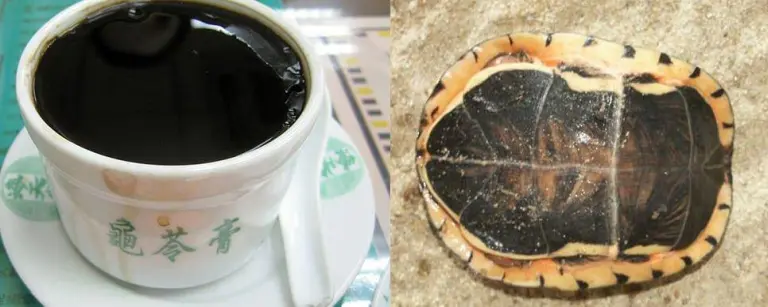
>> Casu Marzu: The forbidden Cheese that wiggles with life
5. Fried Seahorses
Fried seahorses are commonly sold in skewered form in Beijing night markets. Their texture is rubbery like squid, and the flavor is intensely salty.
Traditionally used in Chinese medicine, seahorses are thought to stimulate male energy. But eating them can be tricky — their tiny, sharp bones may get caught in your gums or teeth. Approach with caution!
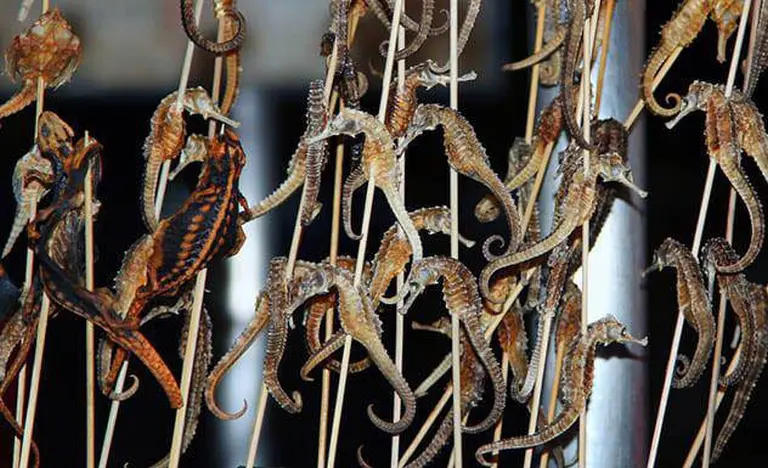
6. Century Eggs (Preserved Eggs)
Also called thousand-year-old eggs, these black-and-green delicacies are made by preserving duck or chicken eggs in a mix of clay, ash, and alkaline materials for weeks or months.
The result is a jelly-like texture, a strong umami aroma, and a bold, salty taste. Though terrifying to the untrained eye, century eggs are often sliced into salads or eaten with soy sauce and chili. Once you get past the appearance, they’re surprisingly delicious — or at least memorable.
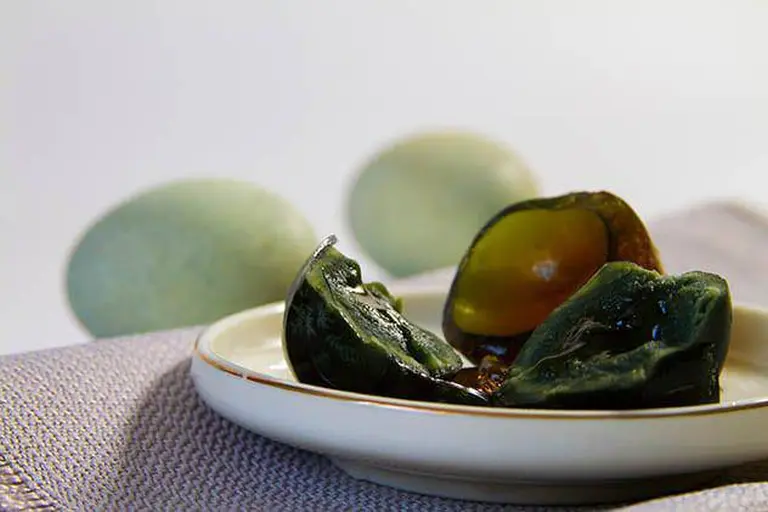
>> The world’s smelliest fish: A dish that dares you to taste it
7. Bat Soup
Possibly the most controversial dish on this list, bat soup involves boiling a whole bat in chicken broth, served with its internal organs, skin, and even fur intact.
Though some locals believe it has medicinal benefits, the dish is not widely consumed due to its disturbing presentation and potential health risks. Bats can carry zoonotic diseases, so this one is definitely not for the faint of heart — or stomach.

8. Balut (Fertilized Duck Egg)
Balut may be more commonly associated with the Philippines and Vietnam, but it’s also a popular street snack in parts of southern China. The egg, containing a partially developed duck embryo, is boiled and eaten warm, often with a pinch of salt or herbs.
The yolk is rich and creamy, while the embryo offers a unique texture that many locals enjoy. But for many Western tourists, the sight alone is enough to spark horror.
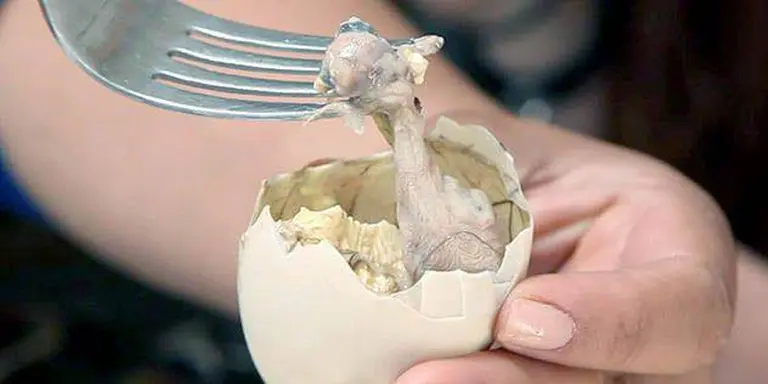
>> Balut: The infamous filipino street food that dares you to taste tradition
Dare to Dine?
While these dishes may seem extreme, each one carries a piece of China’s long-standing culinary heritage, rooted in tradition, medicine, and a deep respect for using the entire animal.
If you’re a bold traveler with an open mind (and a strong stomach), trying these foods isn’t just a meal — it’s a story you’ll be telling for years.
Ready to test your taste buds? China’s wildest food adventures await.


